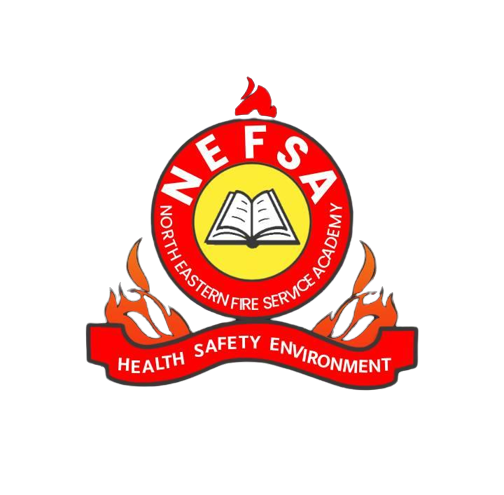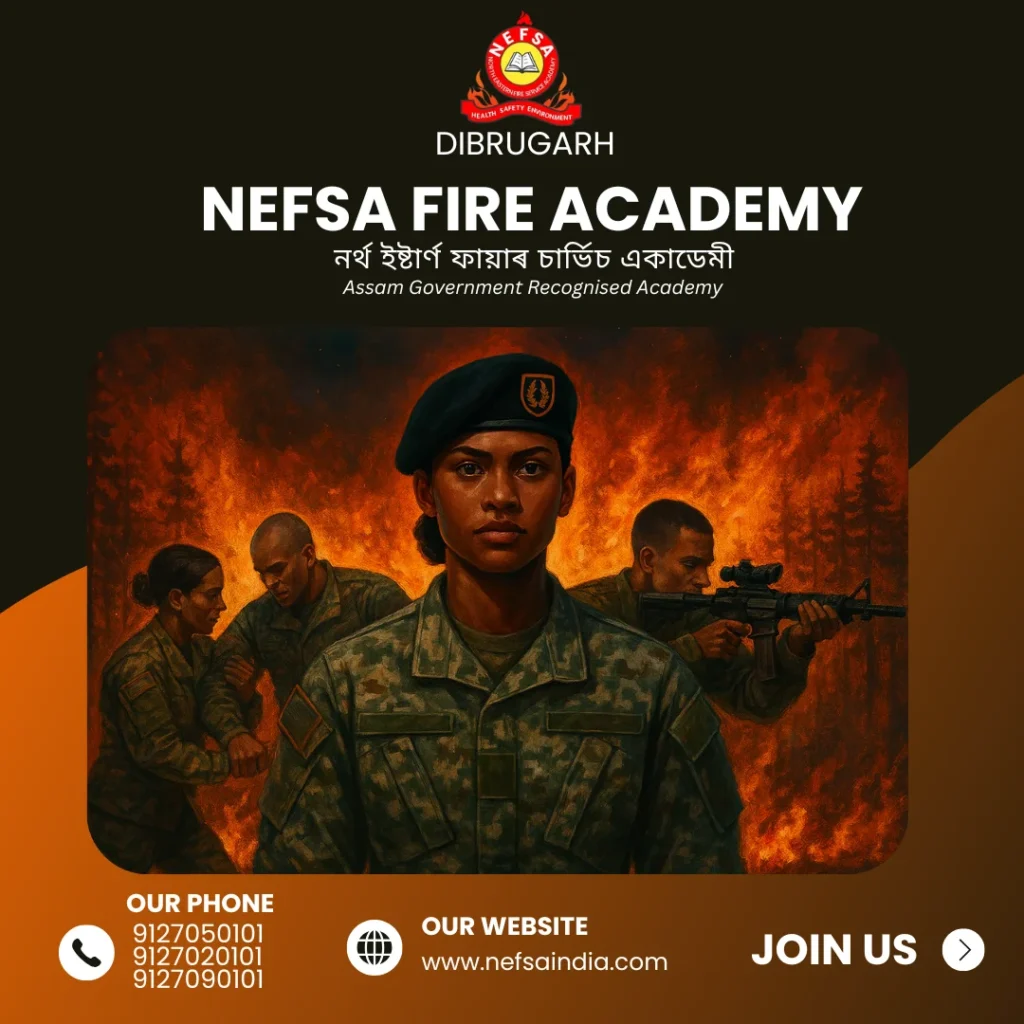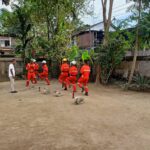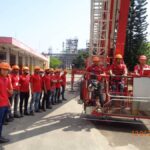“Courage under fire” isn’t only about running into flames it’s the outcome of discipline, repetition, technical knowledge, and teamwork. At NEFSA (North Eastern Fire Service Academy), students move from classroom lessons to high-pressure simulations that replicate real emergencies. This article walks through the academy’s approach, curriculum highlights, real-world drills, and how NEFSA prepares students for careers in fire and safety.
NEFSA at a glance – mission and reach
NEFSA is a government-registered fire and safety training institute based in Dibrugarh, Assam, offering courses in firefighting, industrial safety, disaster management and related certifications. The academy positions itself as a job-oriented training centre with practical, hands-on modules designed for both freshers and working professionals seeking upskilling.
The training framework – classroom, skill labs, and live drills
NEFSA’s training model blends three pillars:
-
Theory & fundamentals: Fire behaviour, combustion science, safety regulations and standard operating procedures – the knowledge base that informs all decisions during an incident.
-
Skill labs & equipment handling: Practical sessions on breathing apparatus, hose management, fire extinguishers, and use of rescue tools build muscle memory under instructor supervision.
-
Live drills & scenario simulations: Controlled live-fire exercises, squad drills and confined-space rescues replicate the chaos of real incidents so trainees learn calm decision-making under stress. Videos and posts from NEFSA show regular squad practices and mock drills used as core learning tools.
These repeated, escalating simulations are what turn textbook knowledge into instinctive action when lives depend on it.
A typical training day – structure that builds readiness
A trainee’s day at NEFSA is deliberately structured to build stamina, technical skills and teamwork:
-
Morning: physical training and equipment checks (fitness is non-negotiable).
-
Late morning: instructor-led theory and discussion on recent incidents or safety protocols.
-
Afternoon: hands-on skill sessions – ladder work, hose drills, breathing apparatus practice.
-
Evening: live-fire or rescue scenario followed by debrief and lessons learned.
This rhythm reinforces physical readiness, technical competence, and the after-action reflection that improves performance.
Specialised modules – beyond basic firefighting
NEFSA’s curriculum includes modules tailored for industrial and regional needs:
-
Industrial firefighting & HAZMAT basics: focused on chemical incidents and plant safety.
-
Confined space & high-angle rescue: practical training for rescue in restricted environments.
-
Disaster management & community response: training for floods, mass-casualty incidents and coordinated relief — vital in the Northeast region’s varied terrain.
These modules make graduates employable across oil & gas, industrial plants, and municipal fire services.
Student transformation – skill, confidence, and placement
NEFSA emphasizes employability: their communications and alumni content highlight job-oriented training and placement support. Many students enter with no prior exposure and graduate ready for frontline roles – some NEFSA materials and videos even cite strong placement outcomes and employment assistance. That transition (nervous recruit → confident responder) is often the most powerful outcome of the academy’s model.
Leadership, teamwork, and mental resilience
Beyond technical drills, NEFSA trains judgment and leadership. Squad drills build unit cohesion; debriefs teach quick decision cycles; instructors coach stress management — all critical for making split-second, life-saving choices on the ground. Social media posts and mock-drill videos from NEFSA show repeated practice of these soft but mission-critical skills.
How NEFSA simulates pressure?
NEFSA uses escalating stressors in training: multi-team coordination, limited visibility exercises, timed rescues, and noisy, smoke-filled scenarios. The goal is to produce graduates who can maintain SOPs while improvising safely when conditions deviate from the plan. These realistic exercises are frequently shared in the academy’s blog and social channels as evidence of their hands-on approach.
How employers benefit why NEFSA grads are in demand?
Employers in industrial sectors, municipal fire services, and private safety teams look for trained performers who already understand equipment, SOPs, and on-site coordination. NEFSA’s industry-focused modules and placement orientation shorten onboarding time for employers and increase readiness for high-risk sites. NEFSA public materials emphasize this employer value proposition.
What prospective trainees should know?
-
Physical & mental preparation: fitness and willingness to learn under pressure are essential.
-
Commitment to team learning: much of firefighting is coordinated crew work.
-
Career opportunities: NEFSA’s job-oriented courses can open roles in fire services, industries and disaster response teams. Check NEFSA’s official course page for the latest intake dates and program details.
Conclusion
“Courage under fire” is a habit formed through deliberate practice: the repeated drills, the careful debrief, the mentorship and the sleepless nights studying procedures. NEFSA’s model structured days, realistic drills, industrial modules and placement focus creates firefighters who can think, lead and act when it matters most. For anyone considering a career in fire and safety, NEFSA represents a practical, hands-on route to transform courage into competence.
Sources (key references)
-
NEFSA official blog and course pages (NEFSA Dibrugarh). nefsaindiablog.com+1
-
“Why NEFSA is Northeast India’s Premier Fire Academy” (NEFSA blog). nefsaindiablog.com
-
NEFSA social posts & videos showing squad drills and mock drills. Facebook+1
-
NEFSA placement and alumni videos. YouTube+1







